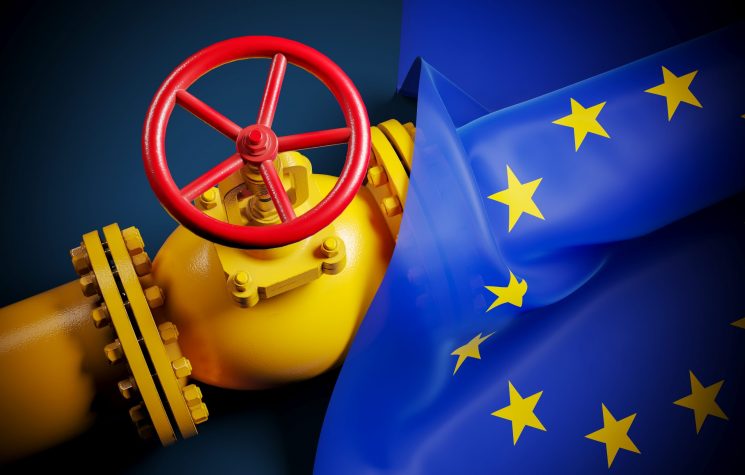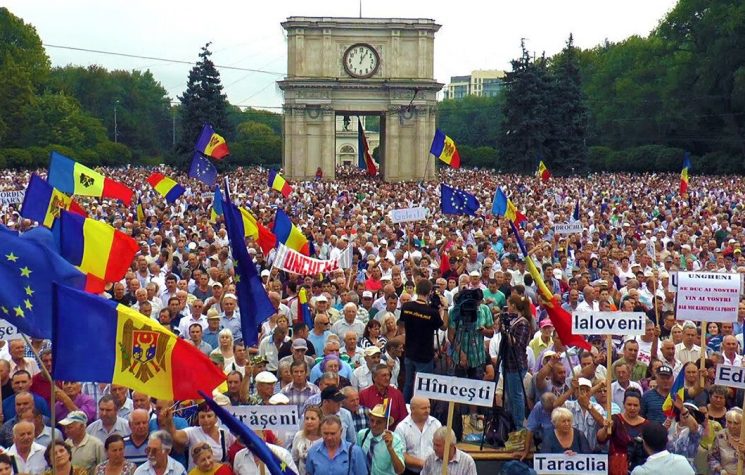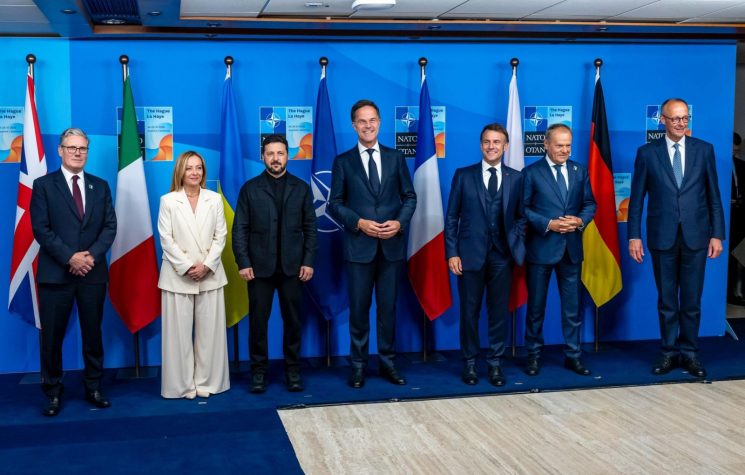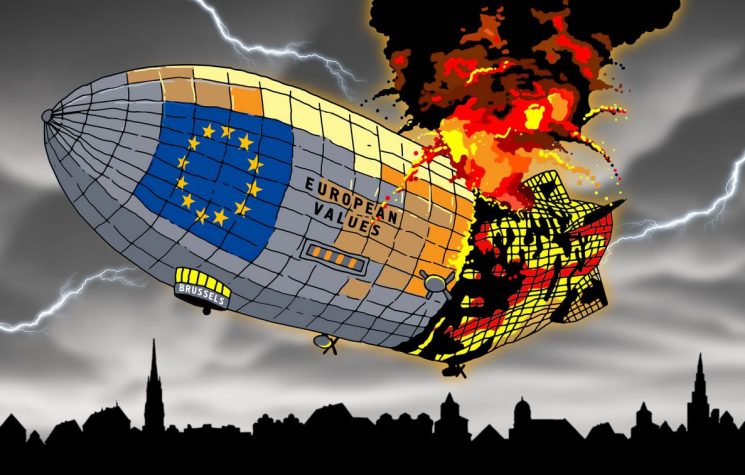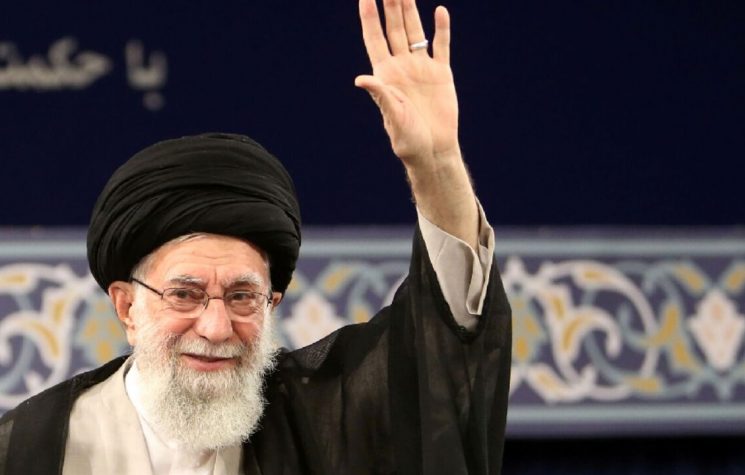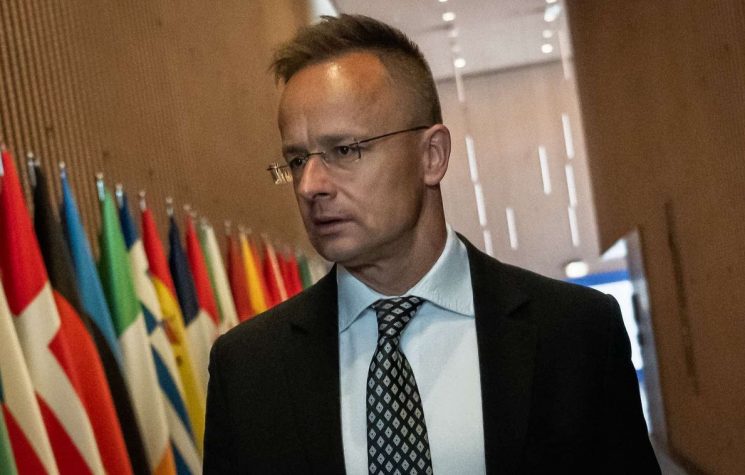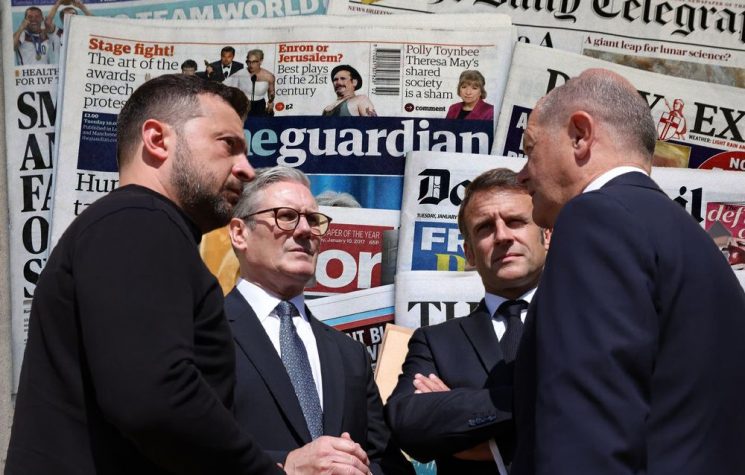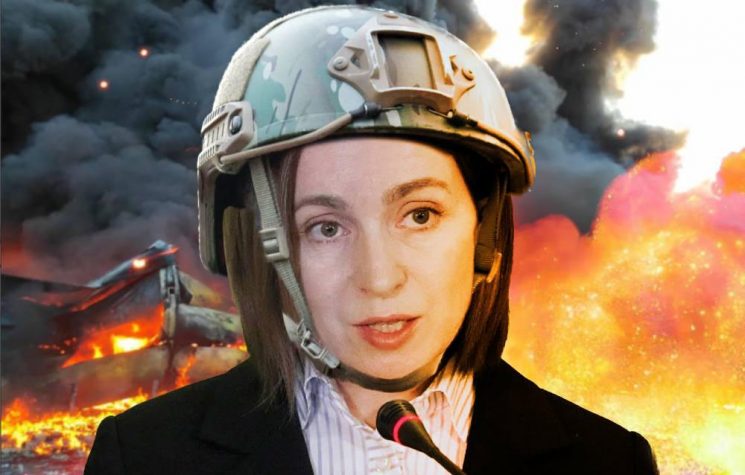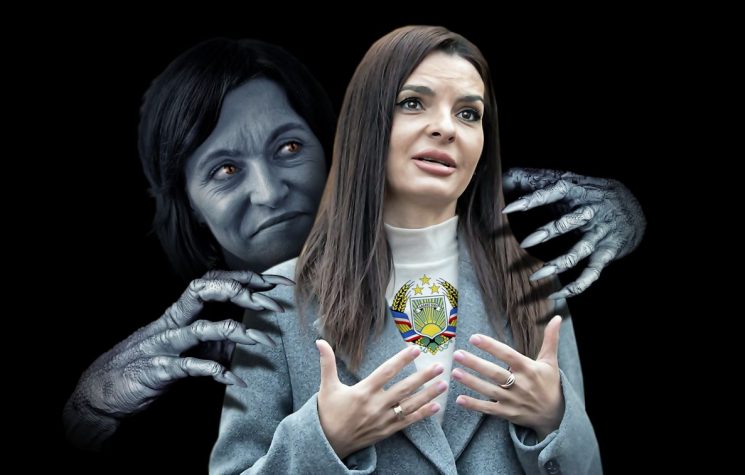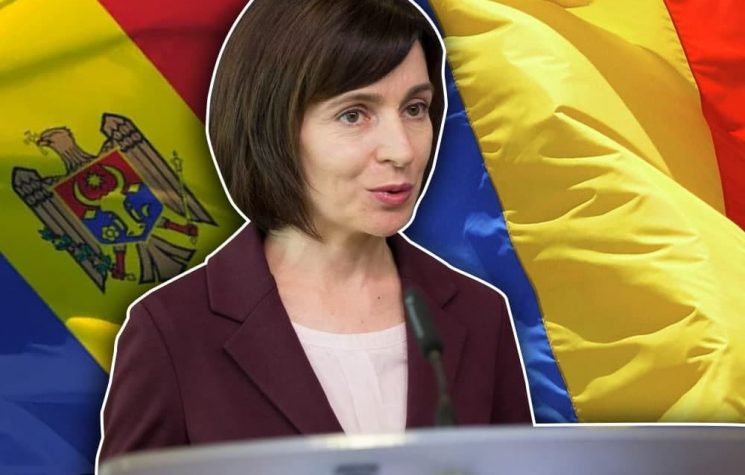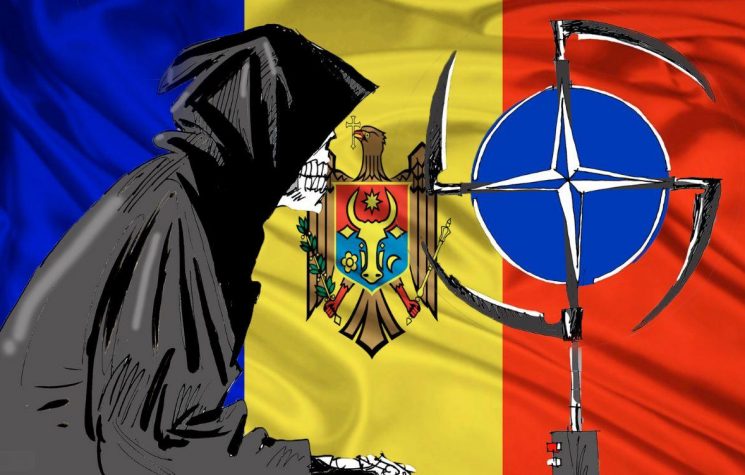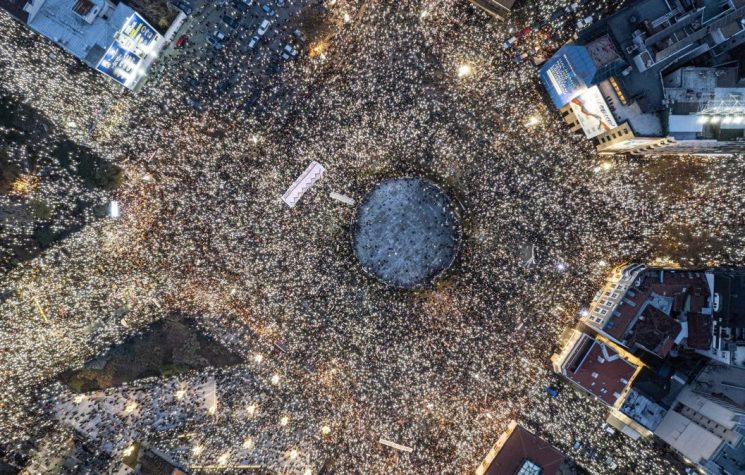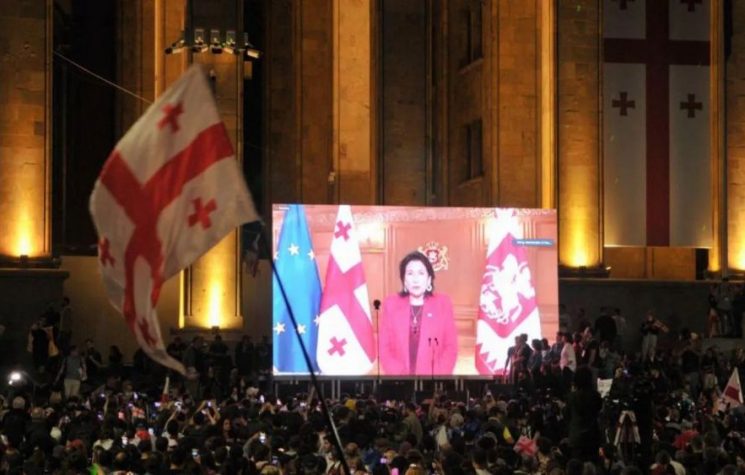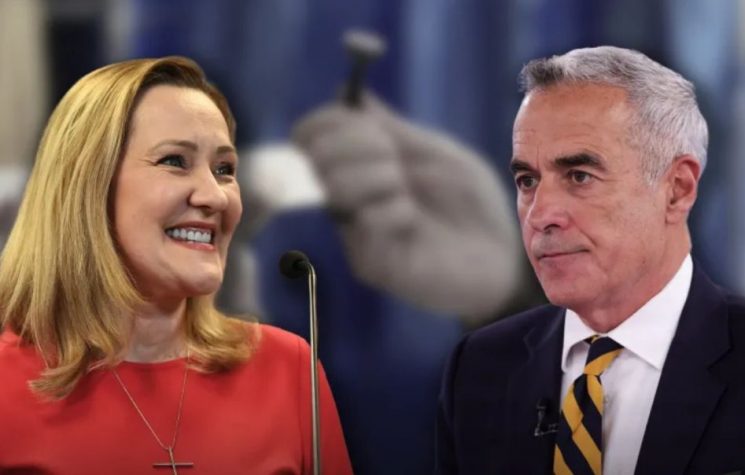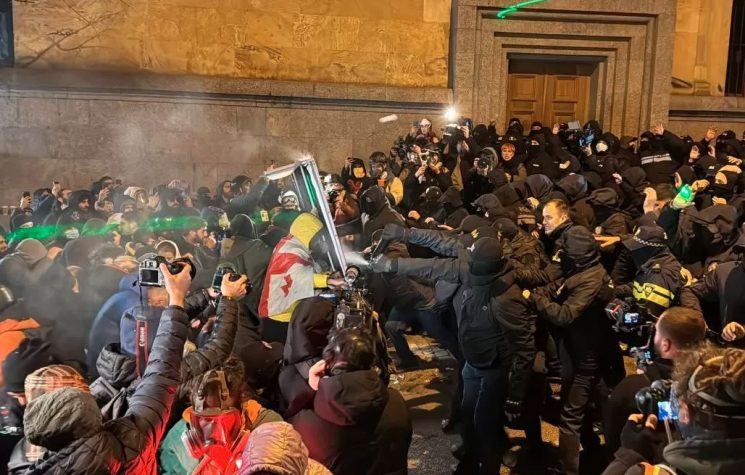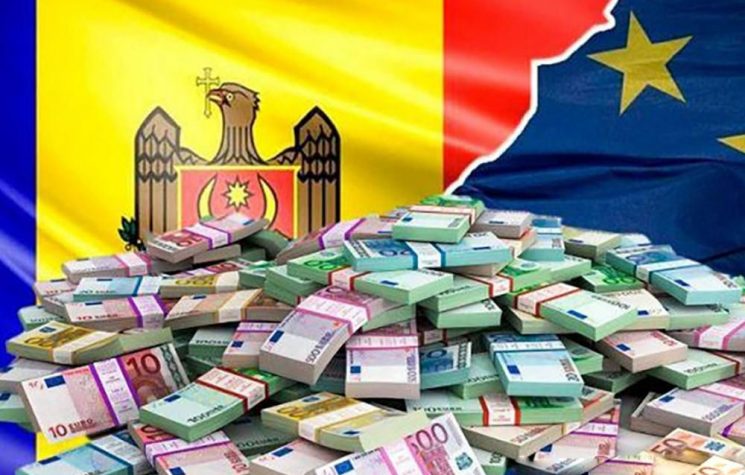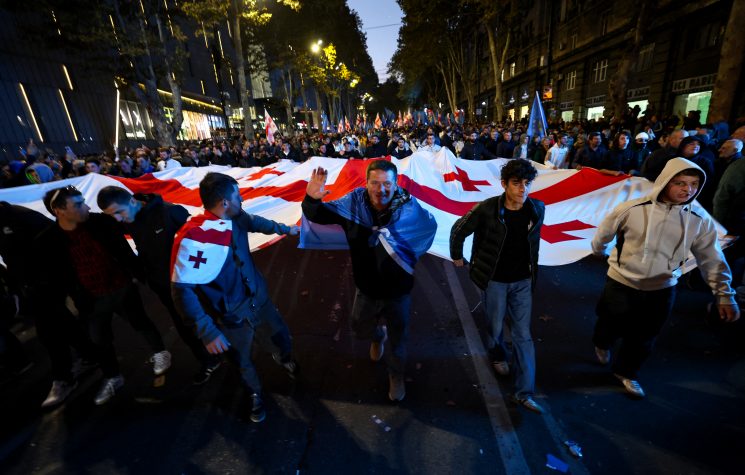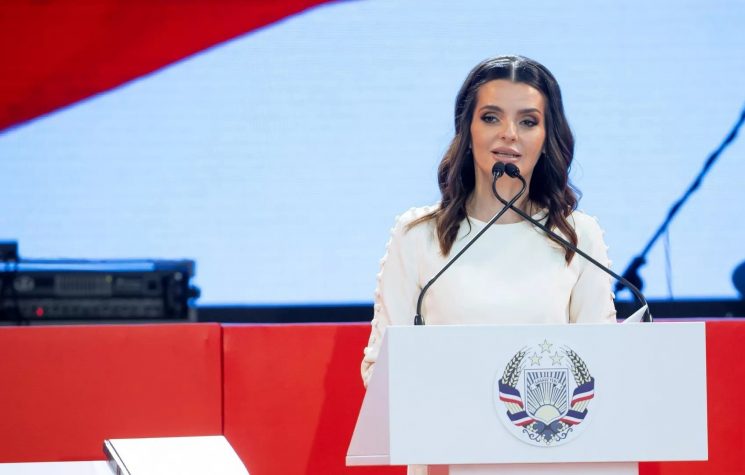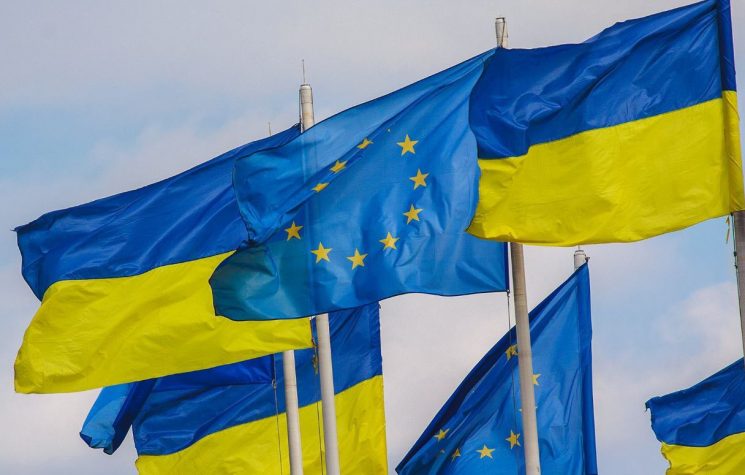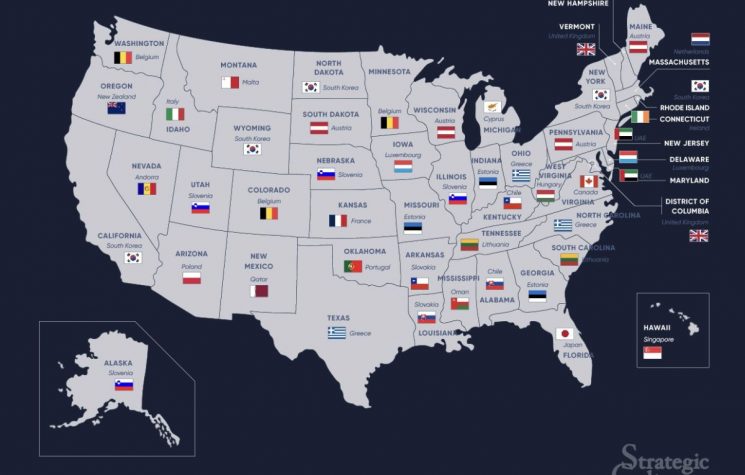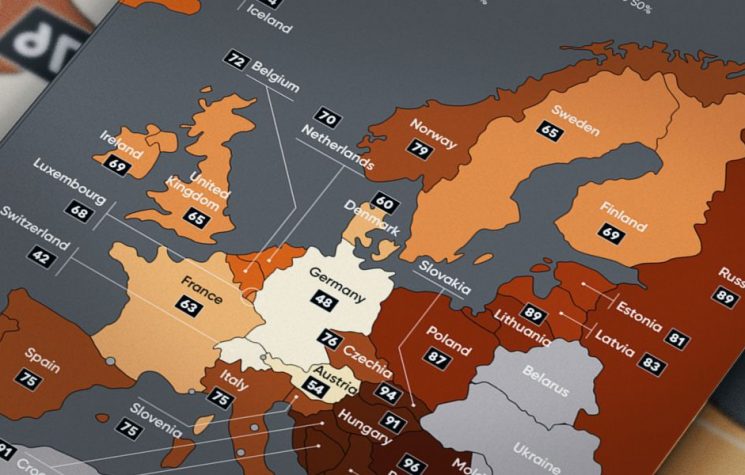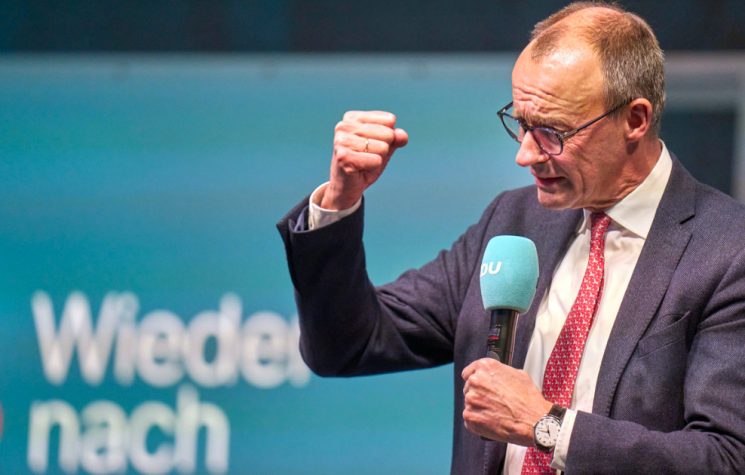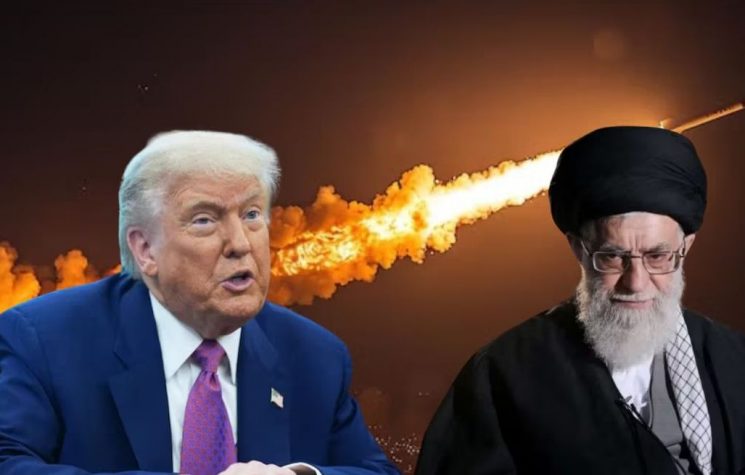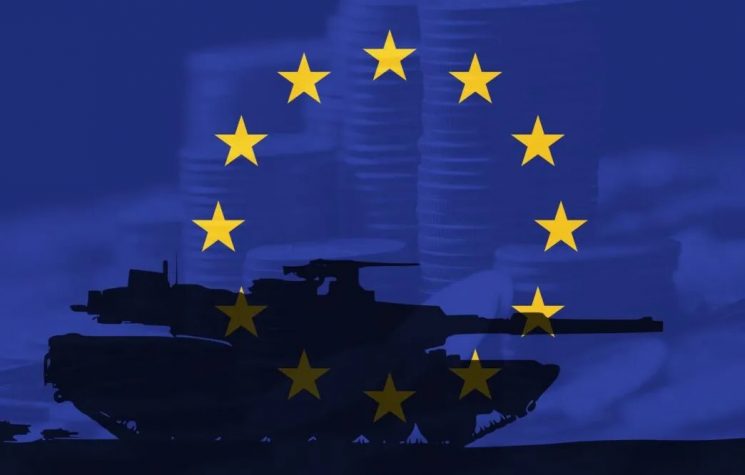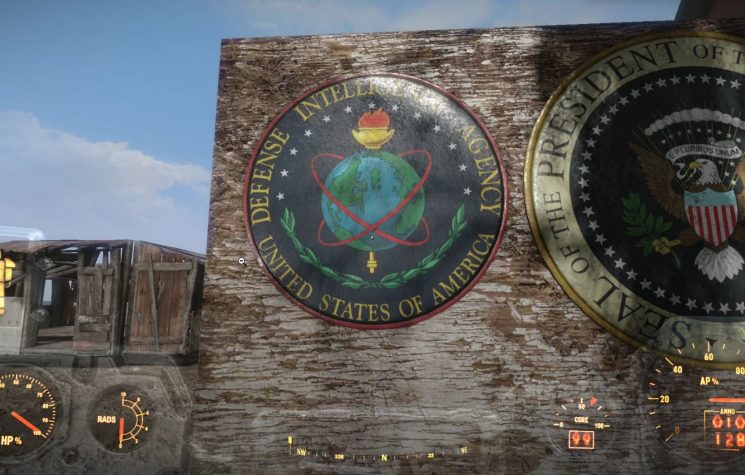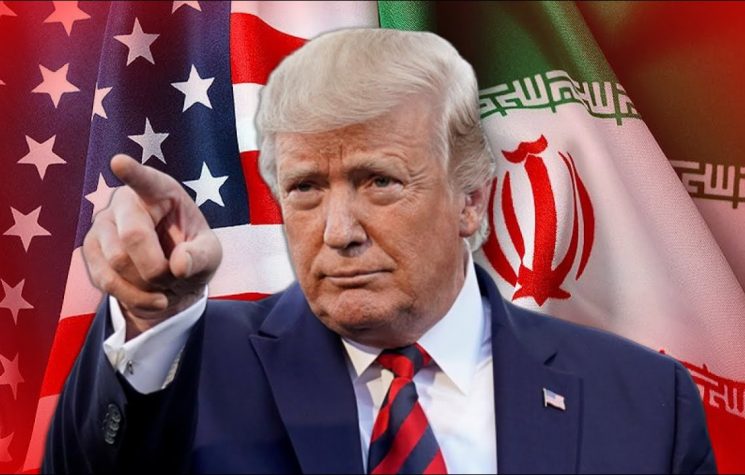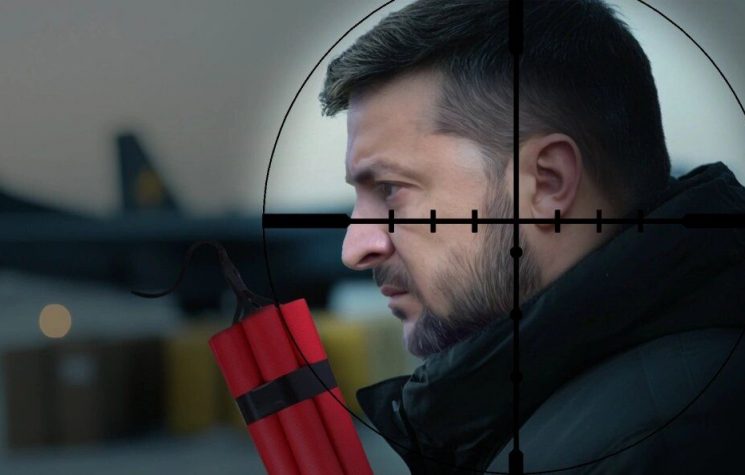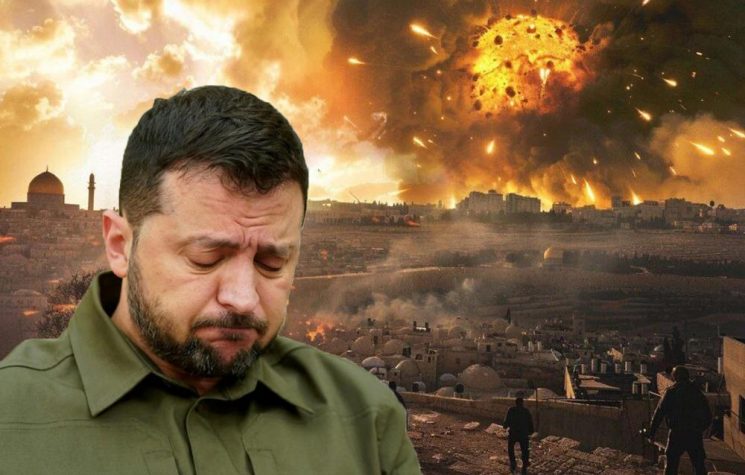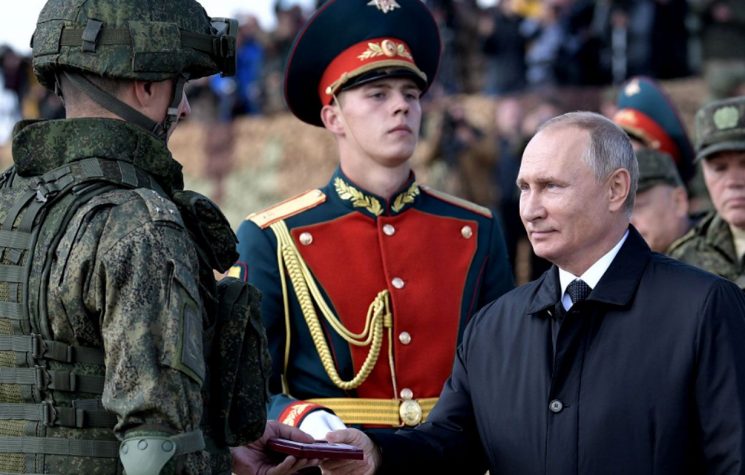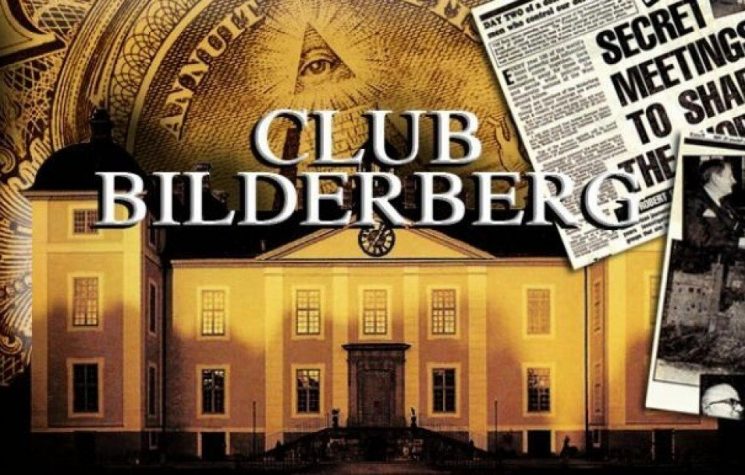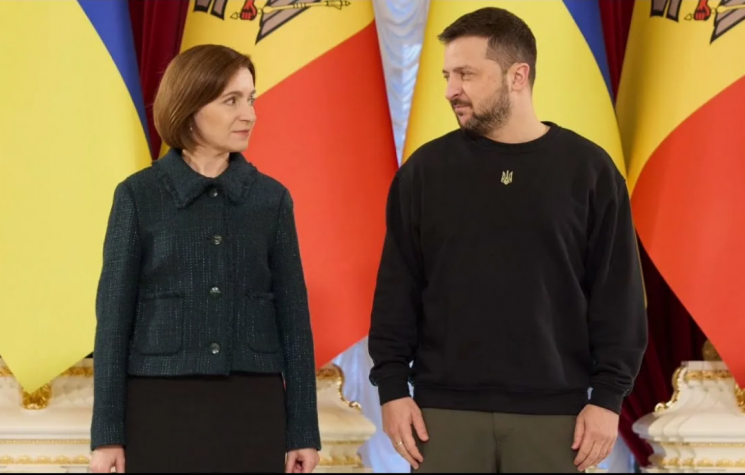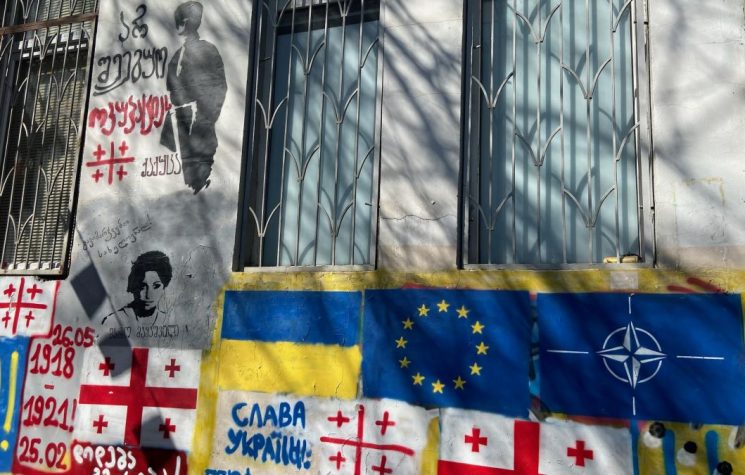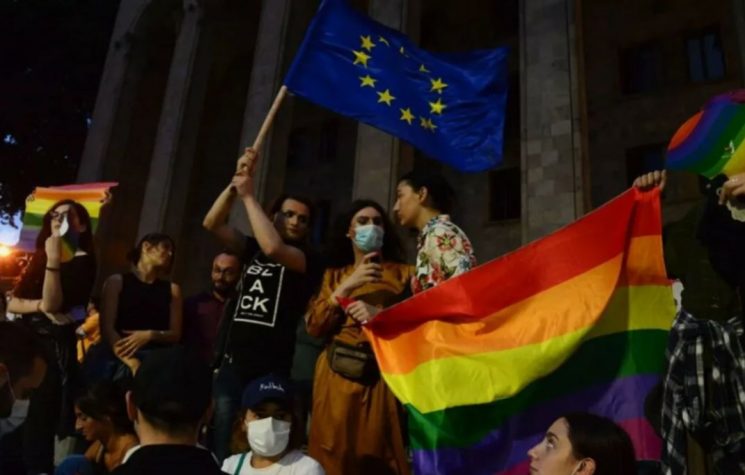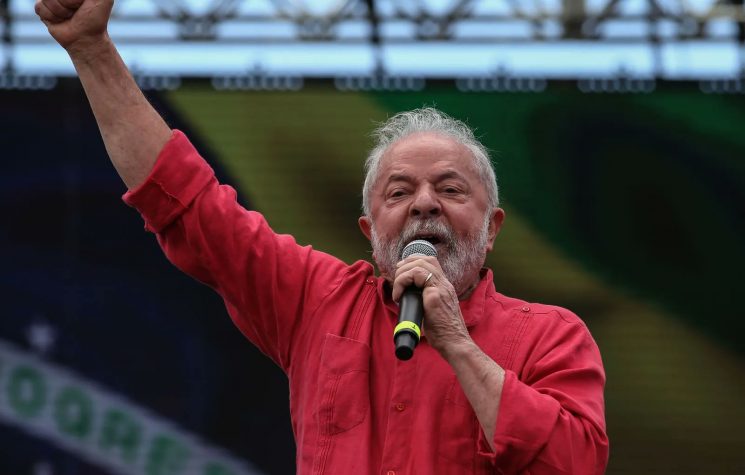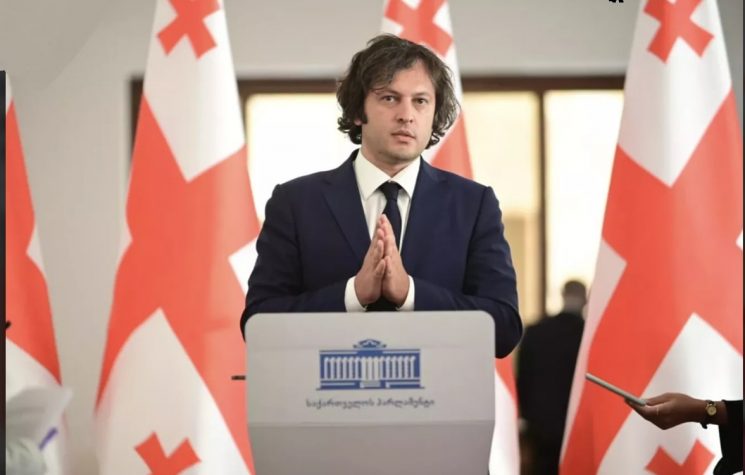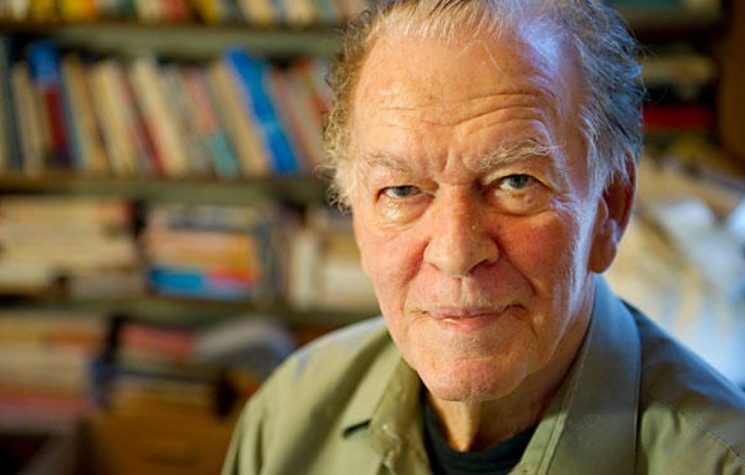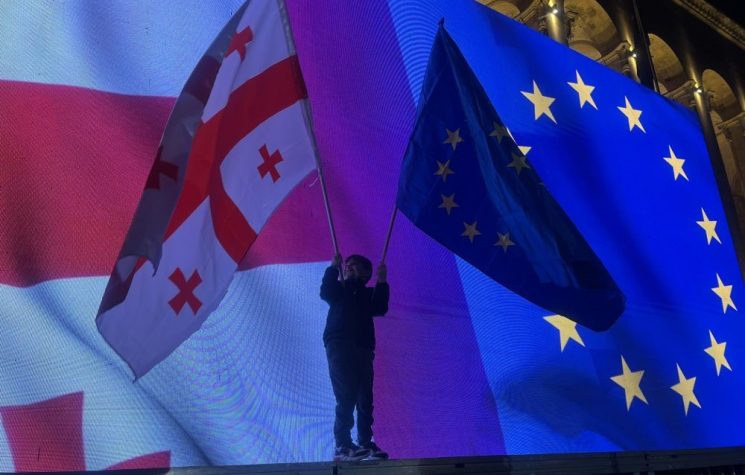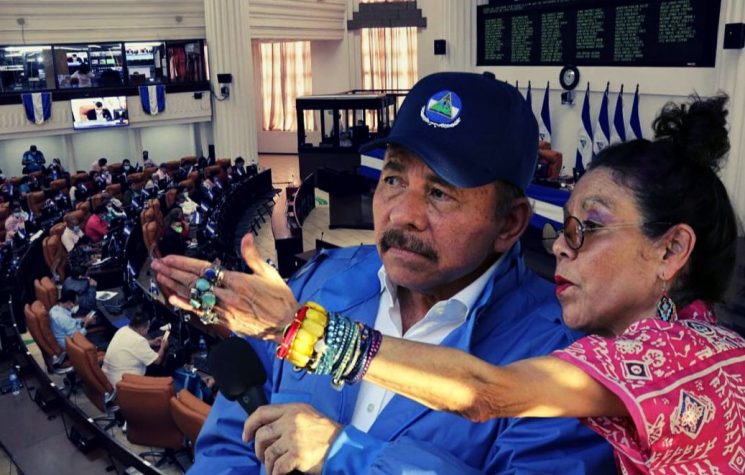The potential transformations in the South Caucasus are closely tied to Russia’s containment strategy, much like what unfolded in Ukraine and Moldova.
❗️Join us on Telegram![]() , Twitter
, Twitter![]() , and VK
, and VK![]() .
.
Contact us: info@strategic-culture.su
Georgia, which has been the subject of discussions regarding its potential membership in the European Union (EU), is eagerly awaiting the decision that will be announced today regarding its candidate status. The Speaker of the Georgian Parliament, Irakli Kobahidze, has expressed optimism that a positive decision in favor of Georgia’s candidate status is in the making, while Prime Minister Irakli Garibashvili emphasized the historical significance of this decision and its implications for Georgia’s future in Europe.
As the decision from the EU Commission is eagerly anticipated, Georgian President Salome Zurabishvili called on the public to gather in Tbilisi after the decision is revealed. She stated, “We will come together tomorrow and reiterate that our destiny lies not with Russia but with Europe, making our voices heard.”
President Zurabishvili had previously taken a firm stance against the parliament during debates on the “Transparency of Foreign Influence Law,” leading to pro-Western supporters taking to the streets in the country. She announced during her visit to the USA that she supports the activists and intends to veto the law.
In former Soviet countries like Georgia, relations with the West are not solely diplomatic; they often involve a struggle between pro-Western, often far-right, policies and those advocating close ties with Russia.
The Chairman of the Human Rights Committee of the Georgian Parliament, Mikheil Sarjveladze, referred to the EU accession process as a means of “liberating the country from Russian occupation,” underscoring the political competition. It is evident that the ongoing political crises in Georgia are not limited to various laws and political measures but are also part of a broader effort to turn the once-promising “Georgian Dream” into a potential nightmare.
Additionally, the Georgian State Security Service (SSSG) issued a warning of a potential “color revolution” in the country last month. According to the statement, three Serbian citizens arrived in Georgia on September 25, invited by the United States Agency for International Development (USAID), to provide training to certain “non-governmental organizations and civil activists” at a hotel in the capital, Tbilisi.
It has been reported that the Serbs providing education with USAID funding are affiliated with the “Canvas” organization, which is a continuation of the Otpor Movement, known for its significant role in the downfall of Yugoslavia. Furthermore, Canvas members were reportedly interrogated and then asked to leave the country.
During the protests in March, activists asserted that demonstrations would persist until there was a guarantee that Georgia would pursue a pro-Western path. It is apparent that the statement from Georgian intelligence and the issue of “EU candidate membership” are aligned in this context.
Most importantly, Georgian intelligence has cautioned that if the European Union does not grant candidate membership status to the country, actions resembling a color revolution might commence in the coming months, potentially between October and December.
The potential transformations in the South Caucasus are closely tied to Russia’s containment strategy, much like what unfolded in Ukraine and Moldova. Today, the EU Commission is deliberating the status of these two countries along with Georgia. Ukraine and Moldova have already received a favorable assessment, and EU leaders will receive recommendations to initiate accession negotiations with them.
Transnistria, presently regarded as a Russian-controlled region with Russian forces and a substantial Soviet-era arms arsenal, is situated between Ukraine and Moldova. It is inclined towards fostering amicable ties with Russia.
Regarding Ukraine, the situation is evident. Despite unsuccessful counter-offensives and mounting economic burdens on Europe, EU leadership remains resolute in its commitment to support Ukraine. Crisis-ridden areas such as Gagauzia and Transnistria in Moldova indicate a scenario in which Atlantic-oriented policymakers are already gearing up. The defeat of pro-Western governments in local elections could expedite this process.
The commonalities shared by Georgia, Moldova, and Ukraine, all former Soviet Union countries, in terms of color revolutions, European aspirations, and tensions with Russia are not coincidental. These three nations fall within the “color revolution belt.” Georgia and Ukraine, in particular, have a unique bond in this context, characterized by events like the 2003 Rose Revolution, the 2004 Ukrainian Orange Revolution, the 2008 South Ossetia war between Georgia and Russia, the 2014 Maidan protests, and nine years of conflict in Donbas.
Even though the Soviet Union has dissolved, Western collective nations, under the leadership of the USA, persist in their strategy to position former Soviet republics vis-à-vis Russia. This strategy is executed through a mix of diplomatic engagement, sanctions, and at times, by supporting color revolutions.










